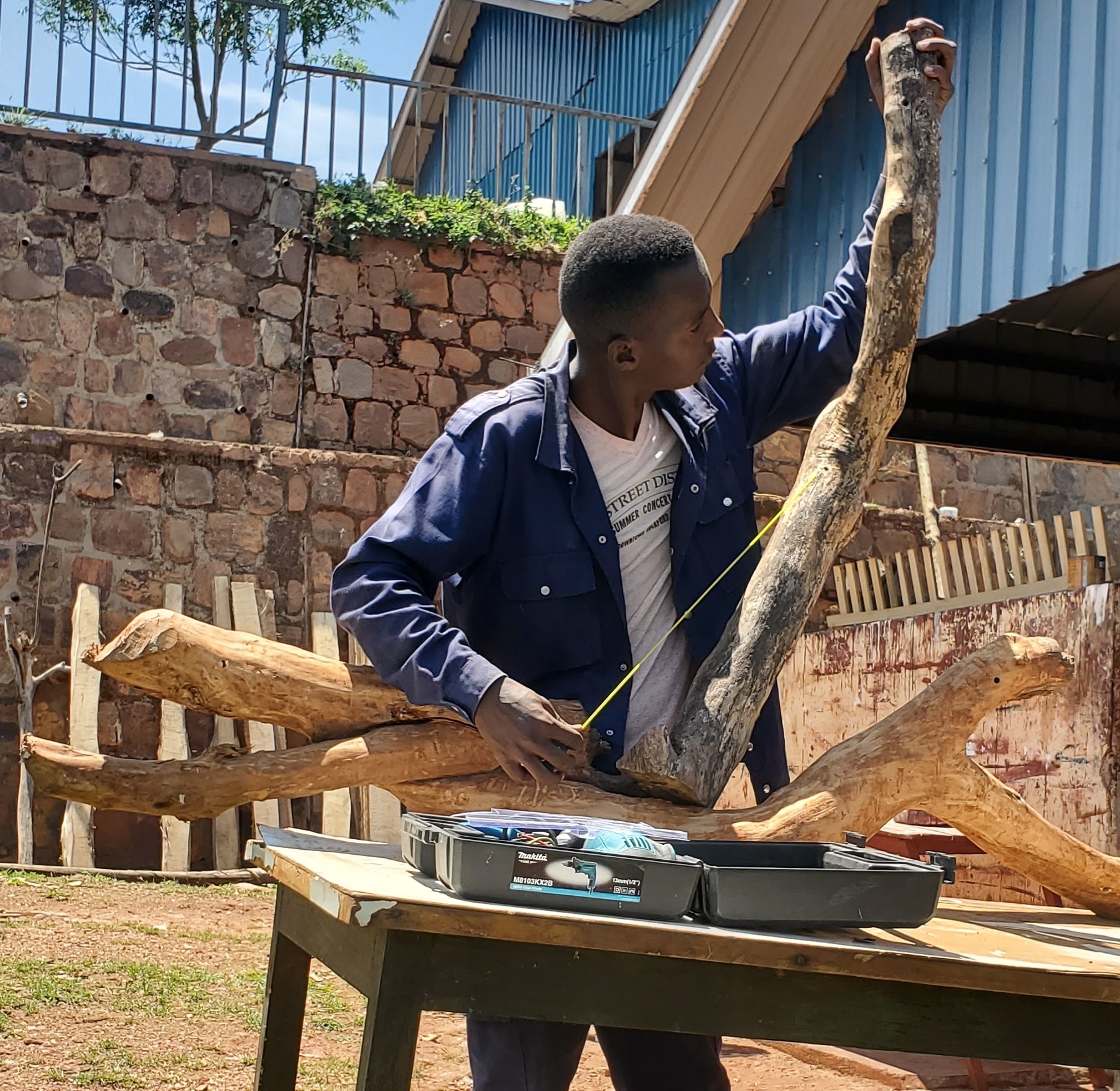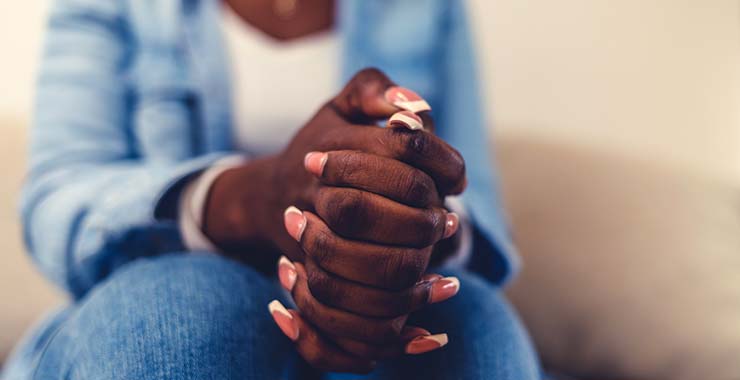Grief is something we all experience at some point—whether it’s the loss of a loved one, a breakup, losing a pet, or even a big life change. It can feel overwhelming, confusing, and painful.
One way to understand grief is by learning about the 5 stages of grief, a concept introduced by psychiatrist Elisabeth Kübler-Ross in 1969. These stages don’t happen in a specific order, and not everyone goes through all of them. But they can help explain some of the emotions you might feel when you’re grieving.
- Denial: “This can’t be happening.”
Denial is often the first reaction to loss. It’s your brain’s way of protecting you from the shock. You might feel numb or find it hard to believe that the loss is real. This stage gives your mind time to process what’s going on.
It’s okay to feel disconnected. Give yourself time. Journaling or talking to someone you trust can help your mind begin to accept reality gently.
- Anger: “Why did this happen?”
Once the reality starts to sink in, you might feel angry. That anger can be directed at anything—yourself, other people, the situation, or even the person who is gone. This emotion is normal and part of the healing process.
Find healthy outlets for your anger—like exercise, art, or music. Talking to a therapist or counselor can also help you understand and manage what you’re feeling.
- Bargaining: “If only I had…”
In this stage, you might think about all the “what ifs” and “if onlys.” This is a way to try and regain control of the situation or imagine ways things could have turned out differently.
Remind yourself that it’s natural to want to rewrite the past, but you did the best you could with what you knew at the time. Practicing self-compassion is key.
- Depression: “What’s the point anymore?”
This stage is about facing the sadness head-on. You might feel empty, hopeless, or lose interest in things you usually enjoy. It’s not the same as clinical depression, but it can feel just as heavy.
Talk to someone. Seriously—don’t carry it all by yourself. Friends, family, teachers, or a therapist can help. Sometimes, even small things like getting outside, listening to music, or just crying it out can help you feel a little better.
- Acceptance: “I’m going to be okay.”
Acceptance doesn’t mean you’re “over it.” It means you’re learning to live with the loss and adjusting to your new reality. You might still feel sad, but you’re finding ways to move forward.
Create a new routine or ritual to honor what you’ve lost. That might be writing a letter, making a playlist, or doing something special on important dates. Acceptance is about peace, not forgetting.
Grief isn’t linear. You can jump back and forth between stages, and that’s normal. There’s no “right” way to grieve. Everyone’s experience is unique. Don’t compare your healing to someone else’s. Reach out. Talking helps. Whether it’s a friend, a support group, or a professional, you don’t have to go through it alone. Take care of your body. Grief can take a toll physically, too. Try to eat, sleep, and move your body—even just a little.











































